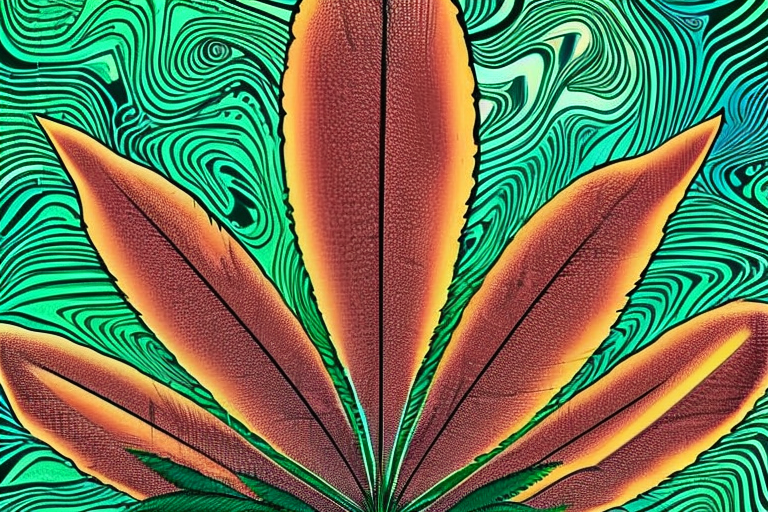Cannabis, also known as marijuana, is a psychoactive drug that is used for recreational and medicinal purposes.
Cannabis withdrawal refers to the physical and psychological symptoms that can occur when someone who has been regularly using cannabis suddenly stops or reduces their use. The severity of withdrawal symptoms can vary depending on the individual’s level of cannabis use and can include:
- Irritability and anger: Feelings of frustration, annoyance, or dysphoria.
- Nervousness and anxiety: Feelings of restlessness, anxiety, or panic.
- Decreased appetite: A decreased desire to eat.
- Insomnia. At the same time may be dream potentiation.
- Abdominal pain: Physical discomfort or pain in the abdomen.
- Gastrointestinal problems: Appetite suppression, nausea.
- Depression: Sadness, hopelessness, or loss of interest in activities.
- Sweating: Increased sweating, especially at night.
- Tremors: Shaking or trembling, especially in the hands.
These symptoms can occur within the first few days after quitting and typically peak within 1-2 weeks. The length and severity of withdrawal can vary depending on the individual and their level of cannabis use.
While Cannabis withdrawal syndrome (CWS) is generally considered to be less severe compared to other substance withdrawal syndromes, it can still be uncomfortable and difficult to manage.
There are many tools and treatments available, such as behavioral counseling and support groups, that can help manage withdrawal symptoms and increase the chances of success.
Here are some steps you can take at home to help manage CWS:
- Gradual reduction: Gradually reducing the frequency and amount of cannabis use over a period of 1-2 weeks. It can help minimize symptoms manifestation and prevent severe side effects, but the whole withdrawal process will take longer.
- Hydration: Drink plenty of water to help replace fluids lost due to excessive cannabis use.
- Nutrition: Eat a balanced and nutritious diet to help replenish vitamins and minerals lost due to cannabis use.
- Sleep: Get enough rest and sleep to help the body recover from the effects of cannabis.
- Exercise: Engage in physical activity, such as walking or yoga, to help reduce stress and anxiety. Also, exercise and activity will contribute to the release of THC reserves from adipose tissue. There is no need to chase records, it is better to start calmly, gradually increase the load, and focus on well-being.
- Support: Seek support from friends, family, or a support group to help you through the withdrawal process.
- Medications: Acetaminophen, Dronabinol, N-Acetylcysteine, Magnesium – these medicines can help with severe CWS. I strongly recommend consulting with your doctor and familiarizing yourself with the side effects of each before starting an appointment.
It’s important to remember that withdrawal symptoms can vary from person to person, and some individuals may experience more severe symptoms than others. If you or someone you know is struggling with cannabis addiction, it’s important to seek help from a doctor or addiction specialist for personalized treatment and support.
✔️
This marks the finish of today’s session. It is my hope that this piece was helpful.
If you desire to advance the growth of this blog, I suggest the following actions:
- Follow my social media accounts (Twitter, Reddit).
- Circulate a link to this article among your associates.
- Give recognition to this blog on relevant platforms or discussion groups.
Should you identify any necessary additions or corrections in this article, feel free to initiate a dialogue with me via Telegram. I am always open to communication.
I express my gratitude for your valuable time and consideration ☀️




